- With standard equipment
- With safety pack
Find more information in the General Comments section of the assessment
Find more information in the Rating Validity tab of the assessment
- See More
- See More
- See More
- See More
- Good
- Adequate
- Marginal
- Weak
- Poor
 Rear Seat
Rear Seat
 Front Seat
Front Seat
- Good
- Adequate
- Marginal
- Weak
- Poor


Passenger
outboard
center
outboard
Fitted to the vehicle as standard
Not fitted to the test vehicle but available as option
Not Available
-
i-Size CRS
-
ISOFIX CRS
-
Universal Belted CRS
Easy
Difficult
Safety critical
Not allowed
| Seat Position | ||||||
|---|---|---|---|---|---|---|
| Front | 2nd row | 3rd row | ||||
| Passenger | Left | center | Right | Left | Right | |
| Maxi Cosi 2way Pearl & 2wayFix (i-Size) | ||||||
| Maxi Cosi 2way Pearl & 2wayFix (i-Size) | ||||||
| BeSafe iZi Kid X2 i-Size (i-Size) | ||||||
| Britax Römer TriFix2 i-Size (i-Size) | ||||||
| BeSafe iZi Flex FIX i-Size (i-Size) | ||||||
| BeSafe iZi Combi X4 ISOfix (ISOFIX) | ||||||
| Cybex Solution Z i-Fix (ISOFIX) | ||||||
| Maxi Cosi Cabriofix (Belt) | ||||||
| Maxi Cosi Cabriofix & EasyFix (Belt) | ||||||
| Britax Römer King II LS (Belt) | ||||||
| Cybex Solution Z i-Fix (Belt) | ||||||
Easy
Difficult
Safety critical
Not allowed
In both the frontal offset test and the side barrier impact, the ES8 provided good protection to all critical body areas of both the 6 year and 10 year dummy, and scored maximum points in this part of the assessment. The front passenger airbag can be disabled to allow a rearward facing child restraint to be used in that seating position. Clear information is provided to the driver regarding the status of the airbag and the system was rewarded. The user manual states that child restraints that make use of a support leg should not be used in the third row seats. A seven seat variant is available, with three seats in the second row. The centre seat of this second row cannot accommodate universal child restraints. With these exceptions, all child restraints could be properly installed and accommodated in the car.
- Good
- Adequate
- Marginal
- Weak
- Poor

Head Impact 15.6 Pts
Pelvis Impact 5.1 Pts
Leg Impact 5.5 Pts
| System Name | AEB | ||
| Type | Auto-Brake with Forward Collision Warning | ||
| Operational From | 6 km/h | ||
| PERFORMANCE | | |||
-
Cyclist from nearside, obstructed view
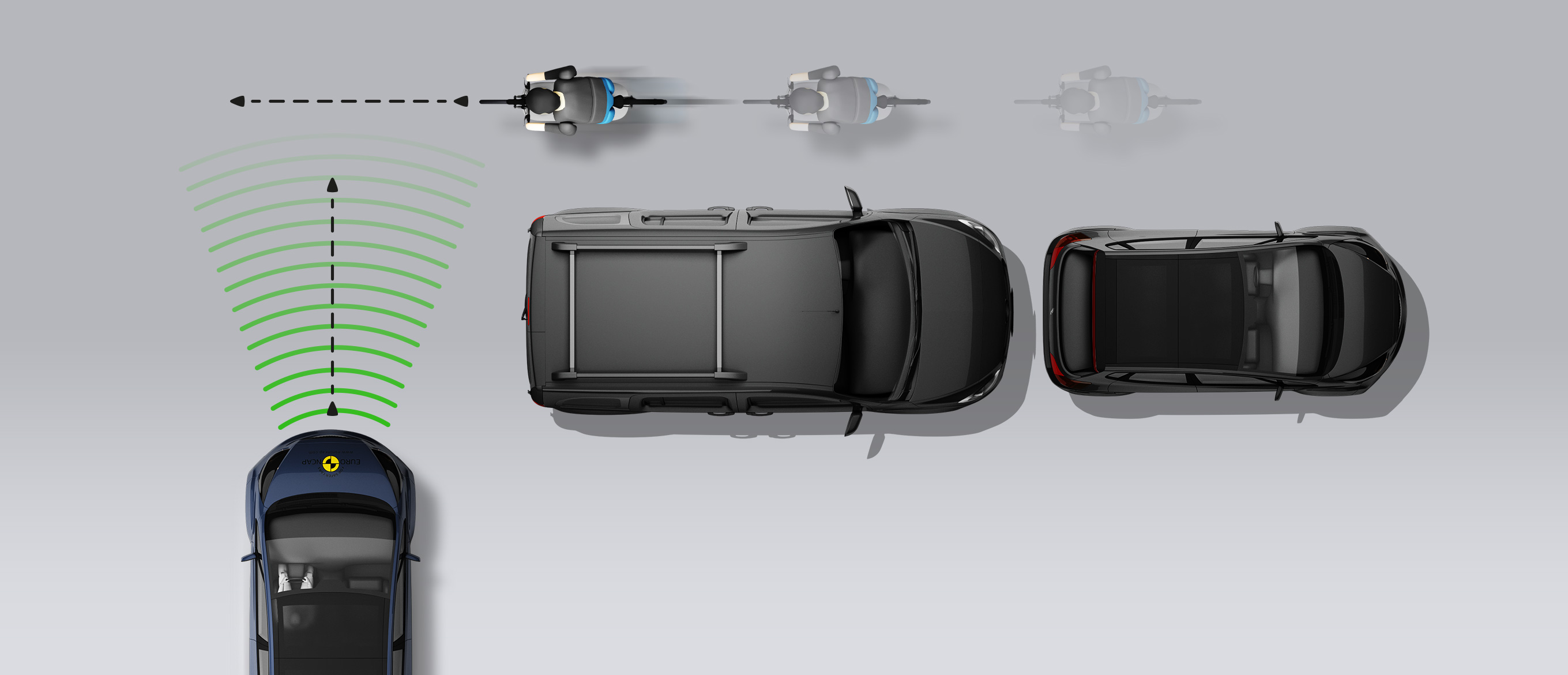
-
Approaching a crossing cyclist
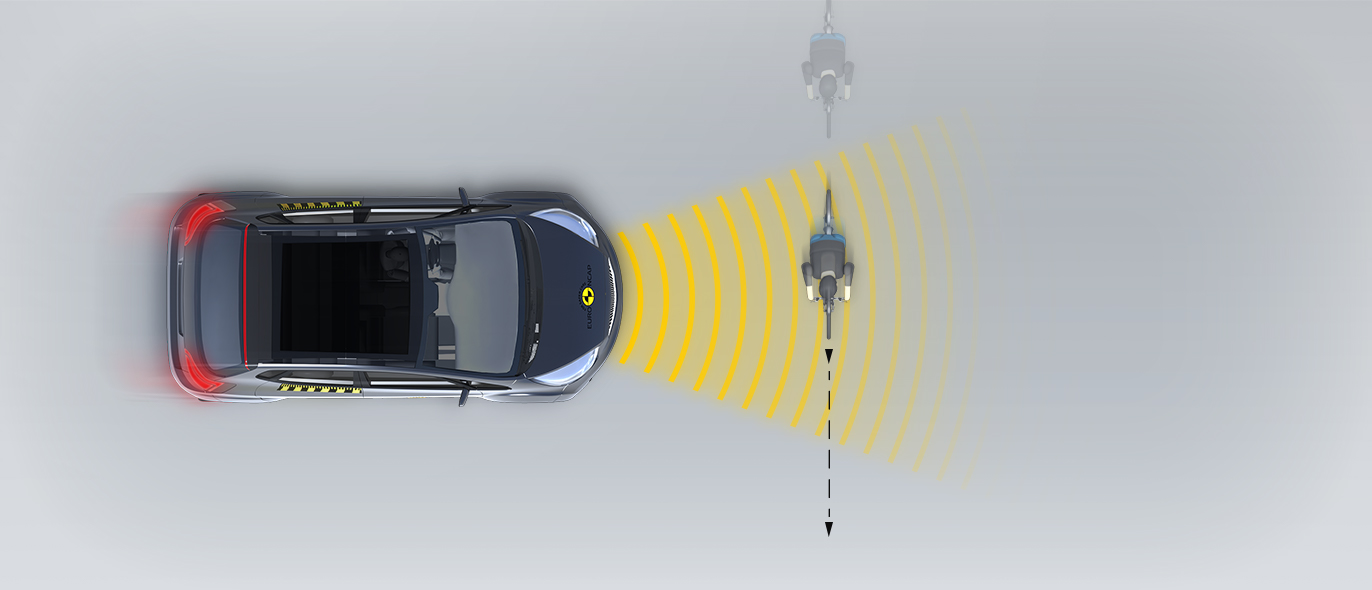
-
Cyclist along the roadside

The bonnet surface provided mostly good or adequate protection to the head of a struck pedestrian but poor results were recorded on the stiff windscreen pillars. Protection of pedestrians' legs was predominantly good, although areas of marginal protection were also recorded. Likewise, protection of the pelvis was generally good but with some areas offering weak protection. The autonomous emergency braking (AEB) system of the eS8 can detect vulnerable road users such as pedestrians and cyclists, as well as other vehicles. In tests of its response to pedestrians, it performed well, with collisions avoided in most situations. The system does not include 'AEB reverse' functionality. In tests of the system's reaction to cyclists, it performed adequately.
- Good
- Adequate
- Marginal
- Weak
- Poor
| System Name | Speed Assist System |
| Speed Limit Information Function | Camera & Map, subsigns supported |
| Speed Control Function | System advised (accurate to 5km/h) |
| Applies To | Front and rear seats, including optional third row | ||
| Warning | Driver Seat | Front Passenger(s) | Rear Passenger(s) |
| Visual | |||
| Audible | |||
| Occupant Detection | |||
|
|||
| System Name | Driver Monitoring System (DMS) |
| Type | Direct eye monitoring and steering inputs |
| Operational From | 22 km/h |
| System Name | LSS |
| Type | LKA and ELK |
| Operational From | 65 km/h |
| Performance | |
| Emergency Lane Keeping | |
| Lane Keep Assist | |
| Human Machine Interface | |
| System Name | AEB | |||
| Type | Autonomous emergency braking and forward collision warning | |||
| Operational From | 6 km/h | |||
| Sensor Used | camera and radar | |||
The ES8's AEB system performed well in tests of its response to other vehicles, with collisions avoided or mitigated in the great majority of test situations. The car is equipped with a seatbelt reminder system, including occupant detection, for the front and rear seats and also monitors the driver's eyes and steering inputs for signs of fatigue or impaired driving. Speed assistance is provided by a system which uses a camera and digital mapping to ascertain the local limit, and presents this information to the driver, allowing the speed limiter to be set appropriately. The lane support system gently corrects the vehicle's path if it is drifting out of lane and also intervenes in some more critical situations to prevent the vehicle from leaving the road.
- Specifications
- Safety Equipment
- Videos
- Rating Validity
Specifications
Tested Model NIO ES8, 6 seat, LHD
Body Type - 5 door SUV
Year Of Publication 2021
Kerb Weight 2435kg
VIN From Which Rating Applies - all ES8s
Class Large SUV
Safety Equipment
Note: Other equipment may be available on the vehicle but was not considered in the test year.
Fitted to the vehicle as standard
Fitted to the vehicle as part of the safety pack
Not fitted to the test vehicle but available as option or as part of the safety pack
Not available
Not applicable
Videos
Rating Validity
Variants of Model Range
| Body Type | Engine | Model Name | Drivetrain | Rating Applies | |
|---|---|---|---|---|---|
| LHD | RHD# | ||||
|
5 door SUV 6 seat*, 7 seat |
electric | ES8 | 4 x 4 |  |
- |
* Tested variant
# Available as LHD only

Find more information in the General Comments section of the assessment
 Share
Share
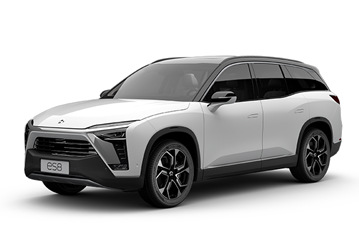
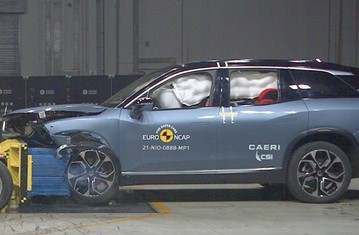
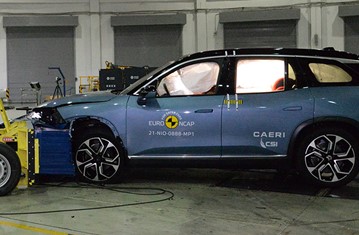
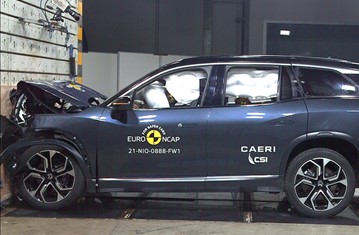
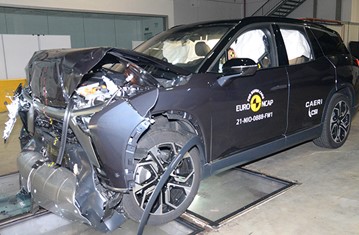
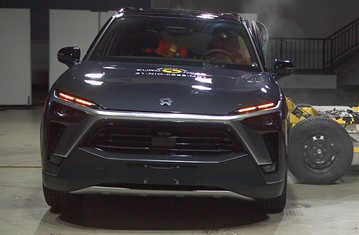
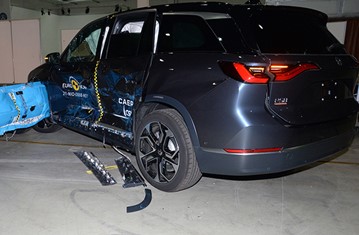
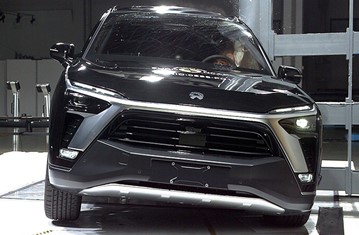
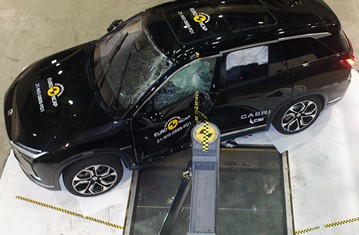








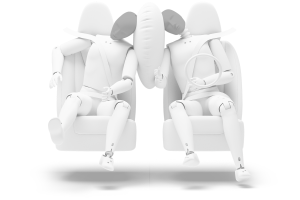
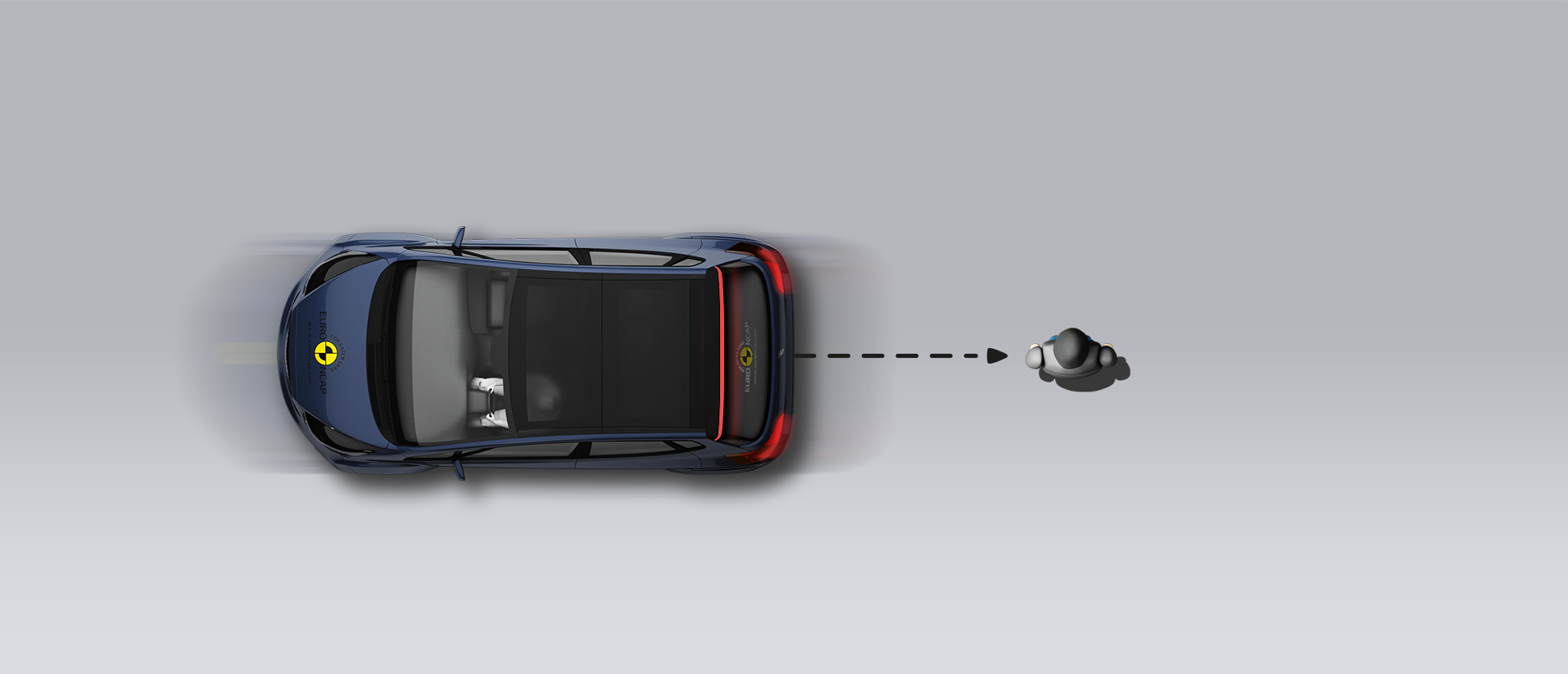
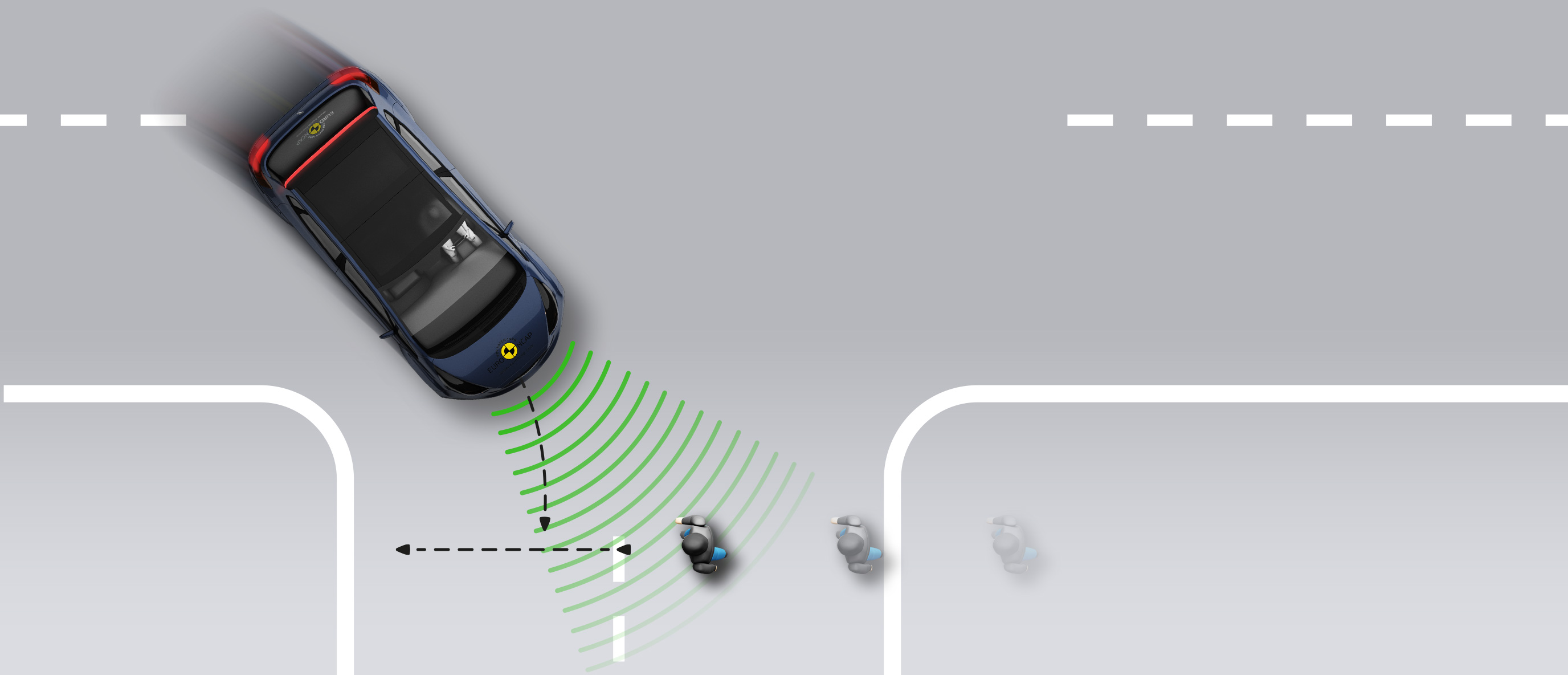

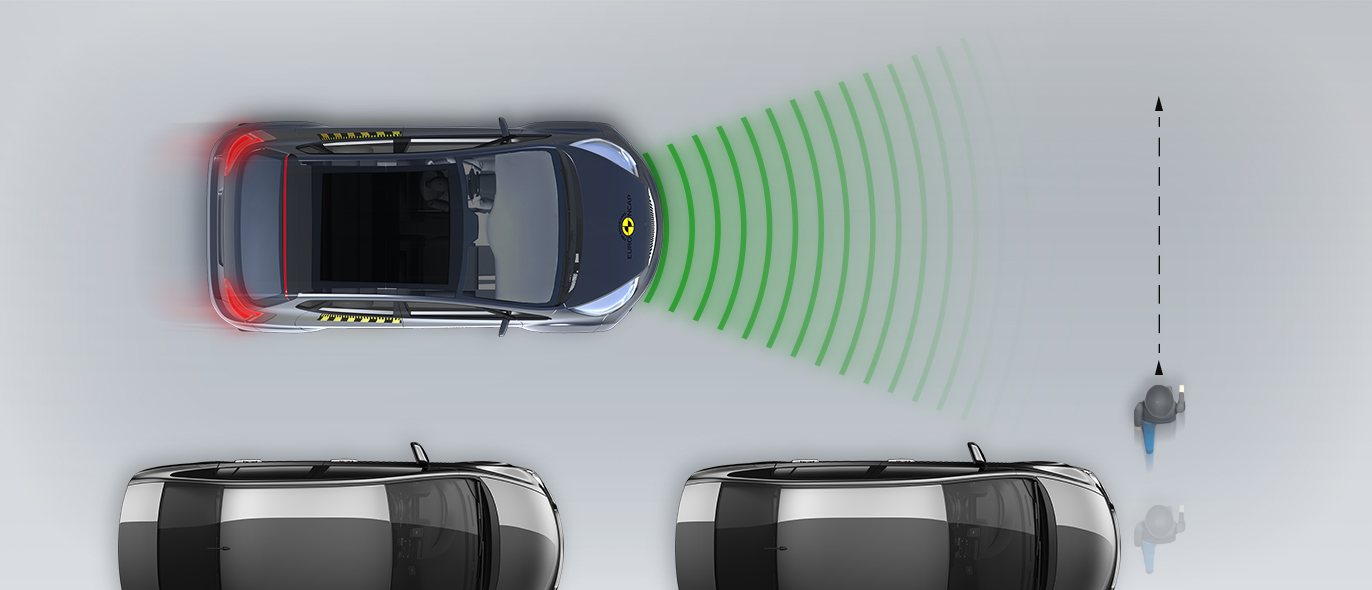



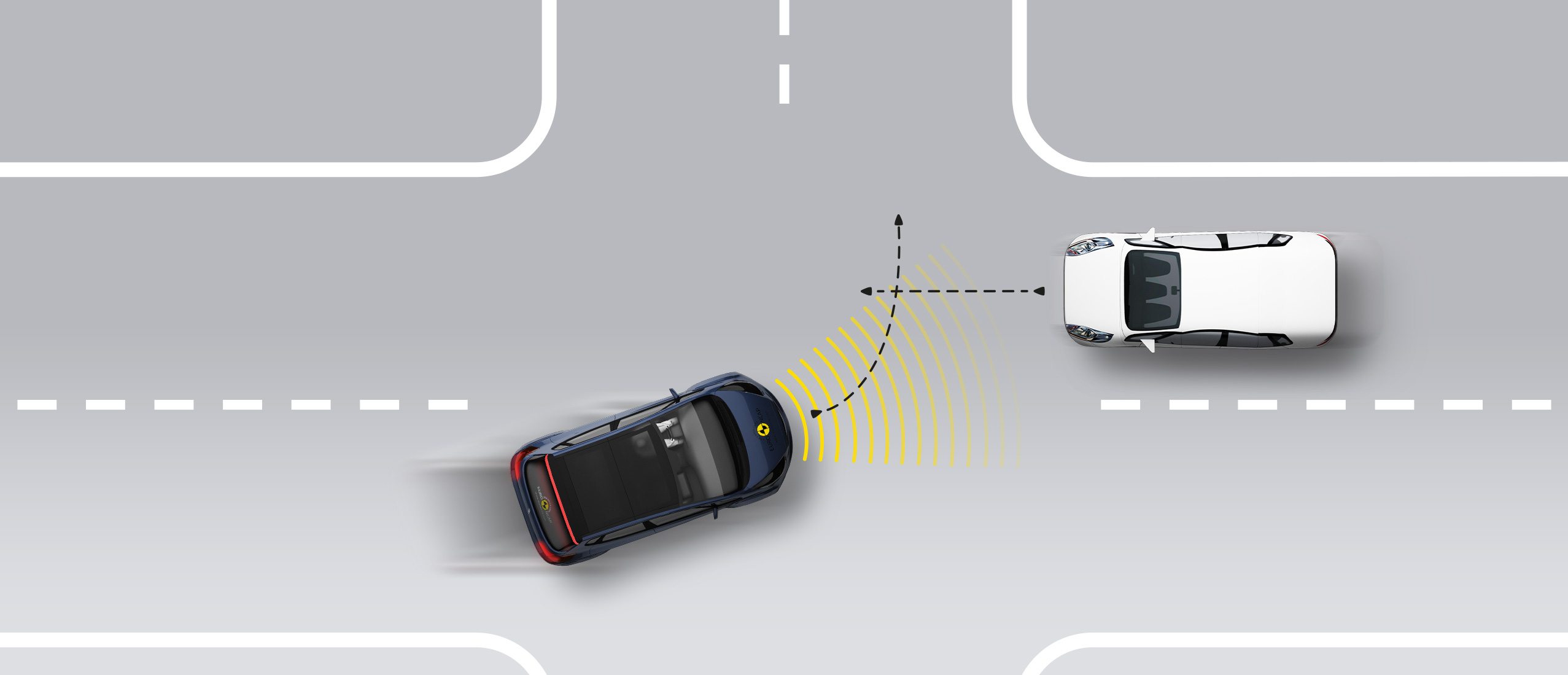








The passenger compartment of the ES8 remained stable in the frontal offset test. Dummy numbers showed good protection of the knees and femurs of both the driver and passenger. NIO showed that a similar level of protection would be provided to occupants of different sizes and to those sitting in different positions. Analysis of the deceleration of the impact trolley during the test, and analysis of the deformable barrier after the test, revealed that the ES8 would be a aggressive impact partner in a frontal collision. In the full-width rigid barrier test, good or adequate protection was provided to all critical body areas, for both the driver and rear passenger. In the film of the test, it can be seen that part of the B-pillar trim becomes detached during the test. This was due to incorrect re-fitting of the trim by the test laboratory after acceleration sensors were installed, and is not a characteristic of the vehicle. Dummy readings were unaffected by the detached trim and a re-test was deemed unnecessary. In the side barrier test, protection of all critical body areas was good and the car scored maximum points in this part of the assessment. In the more severe side pole impact, protection of the driver's chest was rated as marginal, based on dummy readings of rib compression. Excursion (the extent to which a body is thrown from one side of the vehicle to the other when it is struck on the far side) was marginal. The ES8 is not equipped with a counter-measure to protected against occupant to occupant injury in such impacts. Tests on the front seats and head restraints demonstrated good protection against whiplash injuries in the event of a rear-end collision. A geometric analysis of the rear seats also indicated good whiplash protection. The ES8 is equipped with multi-collision braking, to prevent secondary impacts, and has an advanced eCall system which alerts the emergency services of the vehicle's location in the event of a serious accident.